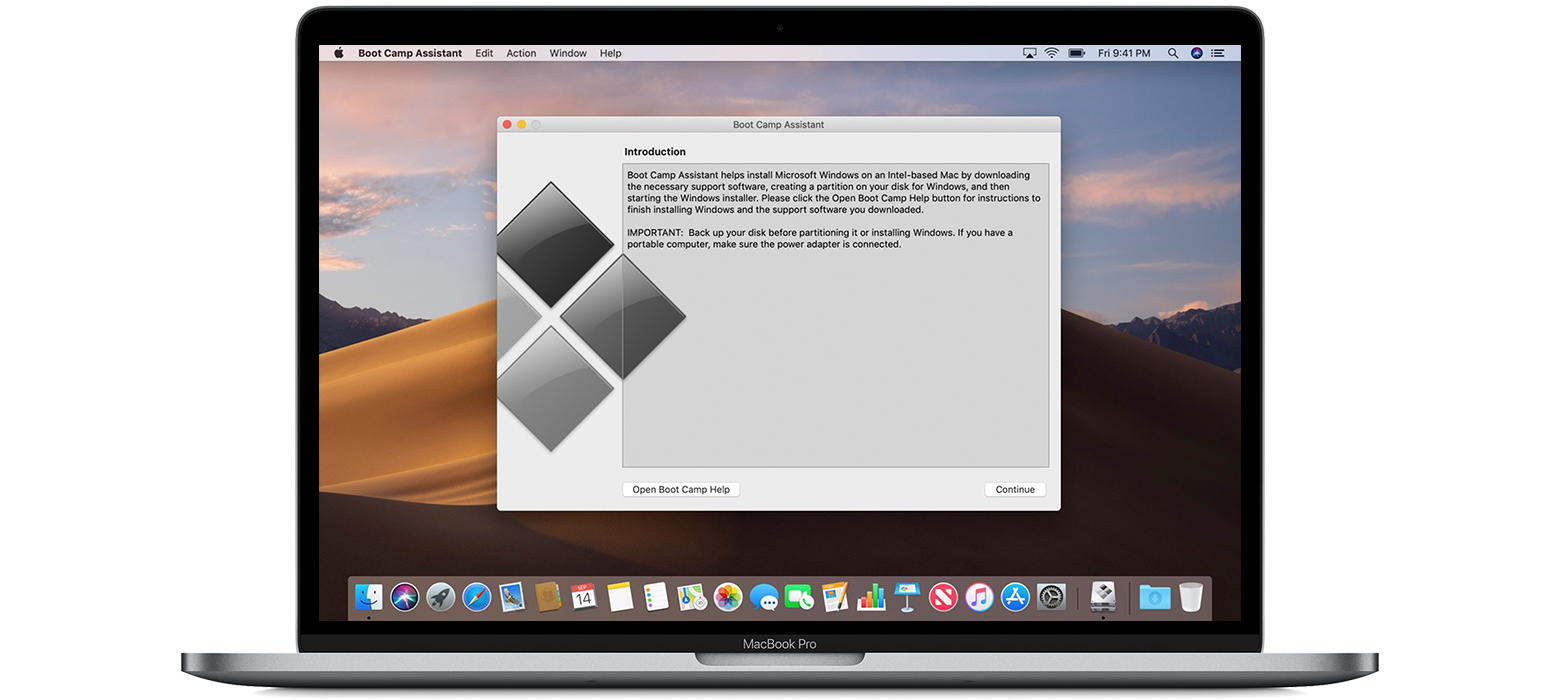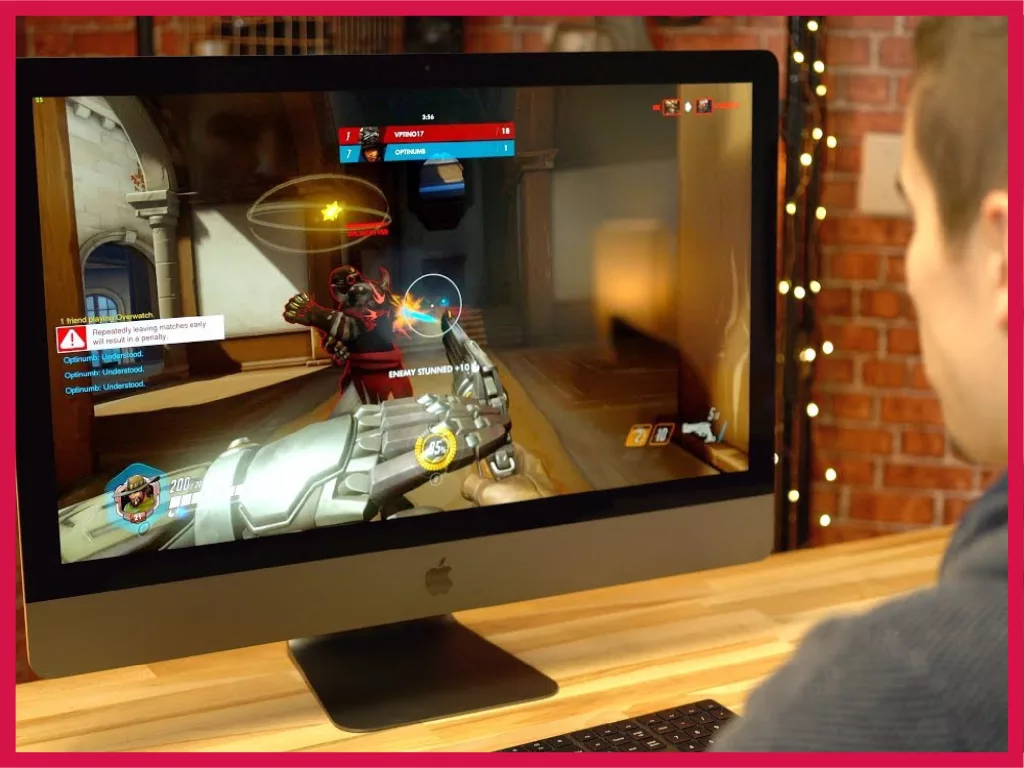Most gamers are present on the Windows platform. Linux and Apple are two operating systems that don’t have a lot of market share and as a result, only a few developers and studios port their games for these platforms. The first thing you should know is performance or hardware are irrelevant if there are no games to utilize them.
Also read: Will Apple ever make a gaming laptop, computer, or console?
Fair warning: AAA titles missing on Mac, but all hope isn’t lost
The reason is simple, so few people use Apple machines for gaming so why bother porting? Game development studios also run on manpower and profits, and they simply can’t afford the cost of putting in additional hours into developing their game for Mac.
Game availability is a major issue. If your favorite games are not available and the alternatives aren’t good, you can’t really do much about it.
However, steadily, the number of games being ported to or being exclusively built for Apple is increasing. More and more developers are now harnessing the Apple GPUs and the store is getting more and more populated.
Apple Arcade has been growing in popularity. And although the main focus of Arcade is iPhone gaming, these games are cross-platform, meaning they run on all Apple devices like iPads and Macs (except for the watches).

In fact, you’re actually more synchronized in terms of game progress and having a single gamer ID if you go with gaming on Apple machines.
One small subscription fee and zero ads – that’s the selling point of Arcade and it’s lucrative.
Check the top games on the Arcade homepage: Apple Arcade.
Gaming on Mac
External GPUs
Apple is open to be supported by eGPUs from third-party vendors for a couple of years now. Razer, Blackmagic, Sonnet, Asus, etc. have quite powerful external GPUs for Macs.
Anyone who wants to game on their Mac can seriously consider an eGPU as they significantly increase the performance of your machine. Pretty much all eGPUs are reliable and efficient. If your Mac already packs quite the power, then an eGPU might be useless.

Emulation woes
Apple gaming doesn’t just mean a native Apple experience. A lot of users who have a Mac emulate a Windows instance inside their machine. Once you do that, you have the liberty of playing any Windows PC game on an Apple machine.
It’s free of cost!
Using emulators like Wine, VMware, Parallels, etc. allow you to game effectively, at least the older titles. However, emulation comes with its own set of problems and limitations. Bugs, slow performance, strange glitches, some functions being completely unusable, you name it.
It’s not a hardware limitation as much as it is an emulator limitation.
Using Boot Camp

Boot Camp is Apple’s official utility for installing Windows on a Mac system. Any game that can run effortlessly on Mac’s hardware will be smoothly playable on Apple via Boot Camp. Boot Camp gaming is better and more lag-free than emulator gaming.
However, Boot Camp has a few problems that you don’t face in emulators.
- With Boot Camp, you can only run either Windows or Mac. While an emulator allows you to run both at the same time. So, if you have a utility app or work app that you need on while you game, an emulator is the only option.
- Every time you want to access Windows via Boot Camp, your Mac needs to go through a reboot, which can be a lot of time if you play a lot of games. Emulators, on the other hand, are like typical apps. Once your Mac is on, you can open and close the emulator as you please while your machine stays on.
- With Boot Camp, you can only create one Windows partition. With an emulator, you can create as many virtual partitions as you’d like.
- Boot Camp will make all your stuff (including the game files) installed on your machine, while an emulator can access game data from an external disk drive as well, decreasing the storage you need on your main machine.
But if emulators are giving you troubles or speed issues, Boot Camp will most definitely be a better option. Why? Because an emulator is still running on your macOS. A good chunk of the resources is going into running the normal Mac processes already, making fewer resources being available for the emulator to run the game speedily.
Why Apple gaming is unfeasible
Upgradability and components
Gamers love to upgrade their machines. Macs don’t give you the option to do that.
For example, on a desktop PC, you can always upgrade your GPU or increase your RAM down the road when you feel like it. It’s almost too easy. With a Mac, you’re stuck with whatever prebuilt configuration you had.
Although there are options to upgrade, those are very little and a nightmare.
It’s not rare to only have one or two options to upgrade to in a Mac. And these upgrades will cost you a lot of money and time, not to mention.
Bang for the buck
Mac systems don’t give you a great or justifiable “performance per dollar”. The same hardware performance can be achieved in a custom-built PC for one third or half the price.
More and cheaper options are available for all parts that usually go into a PC.
So, should you play games on Macs?
Want as much FPS as possible within your budget? Don’t game on Apple. Do you already have an Apple machine? See the “Gaming on Mac” section and scourge Apple Arcade.

Overclocking, RGB lighting inside your case, the ability to upgrade, the absurd performance per dollar ratio of Apple machines, etc. are all valid concerns that point you towards the direction of going with a Windows PC instead.
But if you are stuck with a Mac, then there are ways to make the best of it. And if more people don’t actively game on Apple machines, how will the scene ever improve?

Ah well, sometimes you just want an external GPU that looks stylish while it does its job.
Spearblade Staff recommendation unanimously converges on the Razer Core X. This powerful beast not only performs like a monster, but is a bestseller for a reason. Plug and play via Thunderbolt. Great eGFX for $300.





